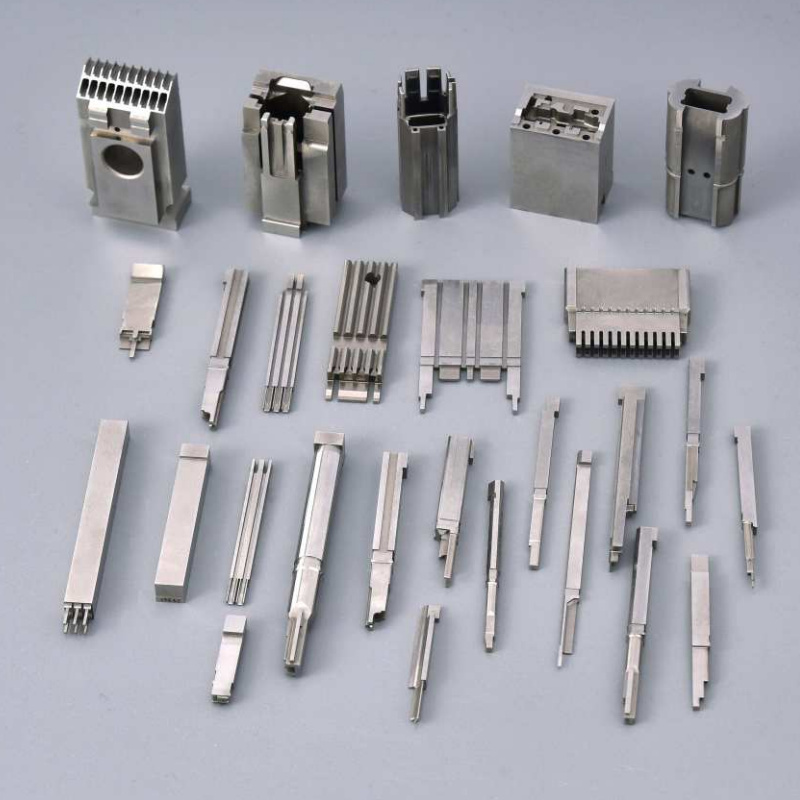Carbide stamping dies play a crucial role in the field of stamping, directly impacting the longevity, production efficiency, and product quality through their material requirements and processing methods.
1. Material Requirements for Carbide Stamping Dies
The selection of materials for carbide stamping dies is of utmost importance. Commonly used hard alloy materials include tungsten-cobalt alloys and tungsten-molybdenum-cobalt alloys. These materials are characterized by high hardness, excellent wear resistance, and high strength, enabling them to maintain stable performance under high pressure, high temperature, and repeated impact loads.
Hardness Requirement: Carbide stamping dies typically have a hardness of HRA70 or above, ensuring minimal deformation or damage during prolonged use.
Wear Resistance: The die materials must exhibit good wear resistance to withstand abrasion resulting from high-frequency impacts, thereby extending the die’s service life.
Strength and Toughness: Given the significant impact and pressure endured during operation, carbide stamping dies also require sufficient strength and a degree of toughness to prevent fracture or deformation during use.
2. Processing Methods for Carbide Stamping Dies
In addition to material selection, excellent processing techniques are crucial for ensuring die quality and precision. Common methods for processing carbide stamping dies include:
cnc machining: Utilizing CNC machine tools for precise machining operations such as milling, turning, and grinding to maintain geometric precision and surface quality of the dies.
Electrical Discharge Machining (EDM): Suitable for complex shapes and high precision requirements, EDM efficiently removes material from hard alloy surfaces while avoiding the formation of heat-affected zones.
Polishing and Grinding: Through polishing and grinding processes, the surface smoothness and precision of the dies are enhanced, reducing frictional resistance during use and thereby extending their operational lifespan.
3. Applications of Carbide Stamping Dies
Carbide stamping dies are commonly used in the manufacture of high-strength, wear-resistant industrial parts and tools such as cutting tools, drill bits, and turning tools.
These dies operate effectively under high pressure and temperature conditions, ensuring high precision and stability during the forming process.
The design and manufacturing quality of these dies directly influence the accuracy, surface quality, and overall durability of the final products.




